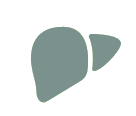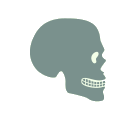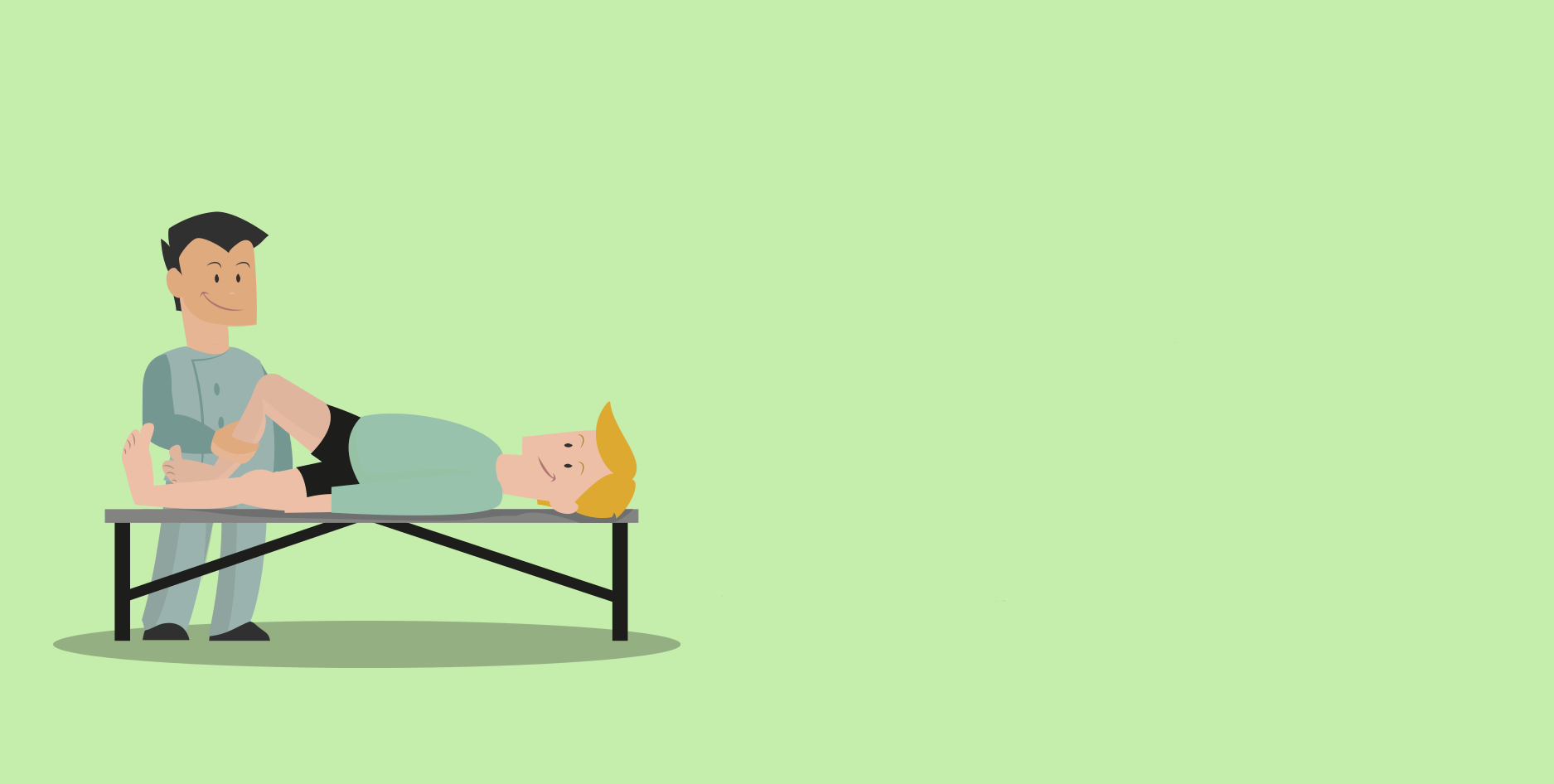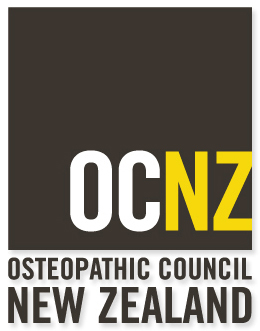What do manual osteopath do?

Articulatory techniques - procedures that move joints through the range of motion
(articulating the joint) may be used to restore normal functioning.

Soft tissue techniques – various direct or indirect treatments applied to muscles, fascia and
other soft tissues of the body.

Visceral techniques – techniques involving direct manipulation of the visceral organs.
Usually done using gentle pressure through the abdominal musculature

Cranial sacral – cranial treatments focus on the craniosacral system which consists of the
brain, spinal cord, cerebrospinal fluid, dura (the membrane covering the brain and spinal
cord), cranial bones, and the sacrum (triangular bone comprised of five fused vertebrae, and
forming posterior section of the pelvis)
The goal is to remove restrictions to vascular, neural and biomechanical mechanisms and ultimately support the natural healing mechanism by promoting autoregulation.
What happens during an osteopathic appointment?

Intake A discussion with your osteopath regarding your primary health concerns, health history and time to ask questions. Assessment and treatment Hands-on, mechanical adjustments to the patient’s muscles, joints, fascia and other tissues Post treatment Your osteopath will ensure you know: what did the assessment reveal? What was the treatment and reasoning for it? What can you expect to experience after treatment?
It is much better if you wear some loose clothes, avoid jeans and tight shirt as osteopathy require to move the patient around



